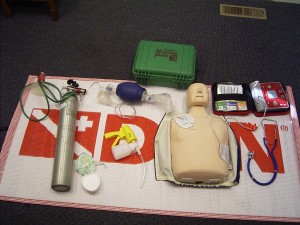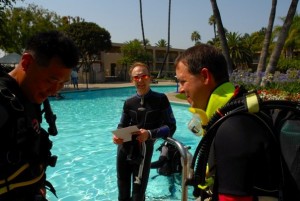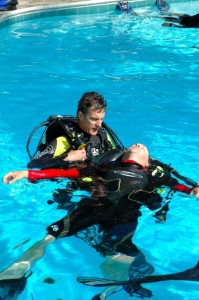For all of you interested in becoming volunteer divers at Utah’s Hogle Zoo, remember there are some prerequisites. You need current CPR & First Aid training as well as Oxygen Provider.
One way to meet this is the DAN DEMP, Diving Emergency Management Provider, certification. It includes the recently revised Emergency Oxygen for Scuba Diving Injuries, Basic Life Support CPR & First Aid, First Aid for Hazardous Marine Life Injuries and Neurological Assessment. So it covers both the Hogle Zoo’s CPR/First Aid & Oxygen Provider requirements and takes you a couple of steps further.

CPR, First Aid, Oxygen Provider, First aid for Hazardous Marine Life injuries and Neurological assessment
Ready to hop in the water and help take care of the Hogle Zoo’s Rocky Shores exhibit? Then it’s time to get prepared.
Contact me to get going with training. DAN DEMP gets you going on your way.
Need additional training? I teach the Dry Suit and many other specialty training courses.




